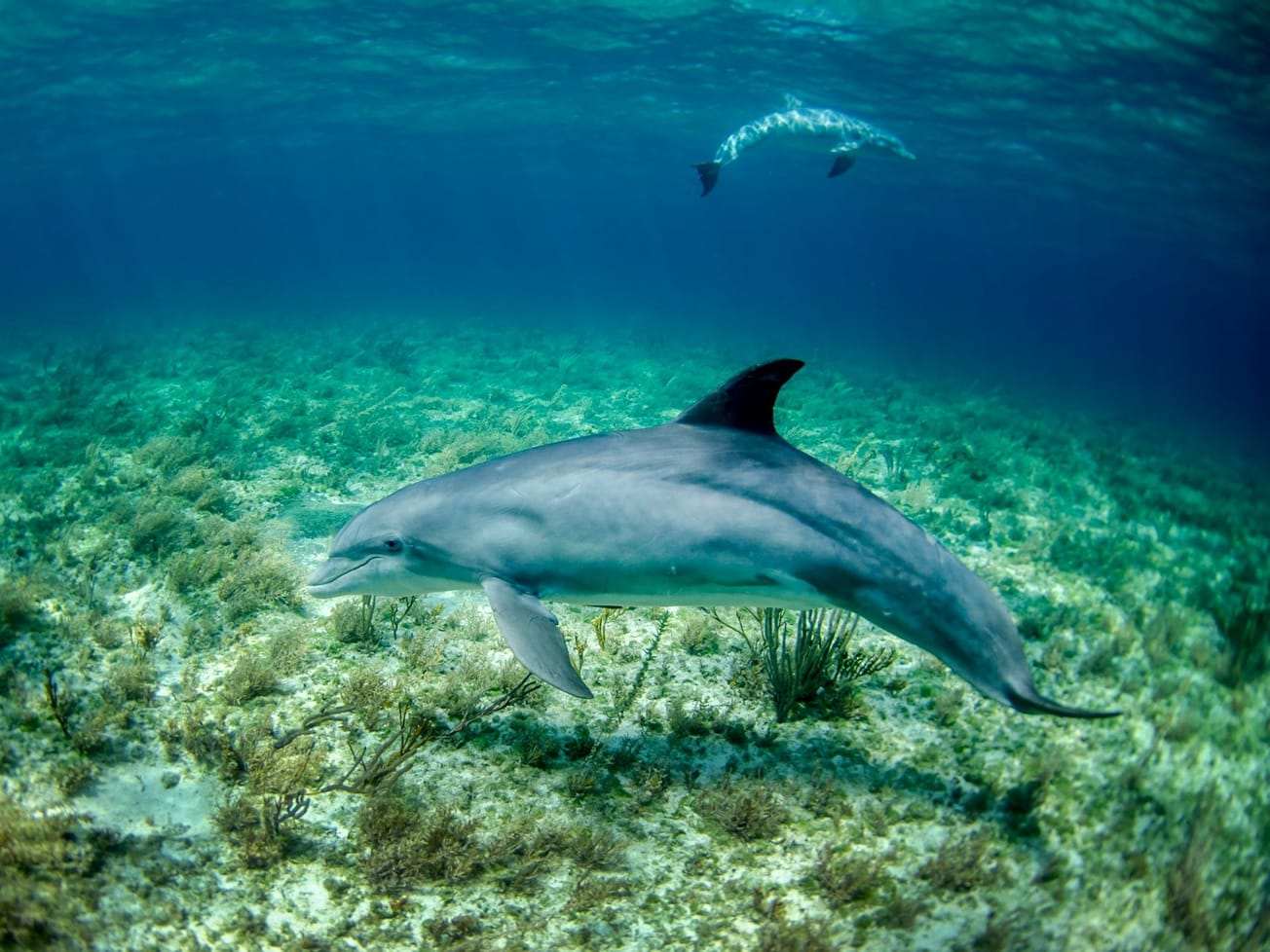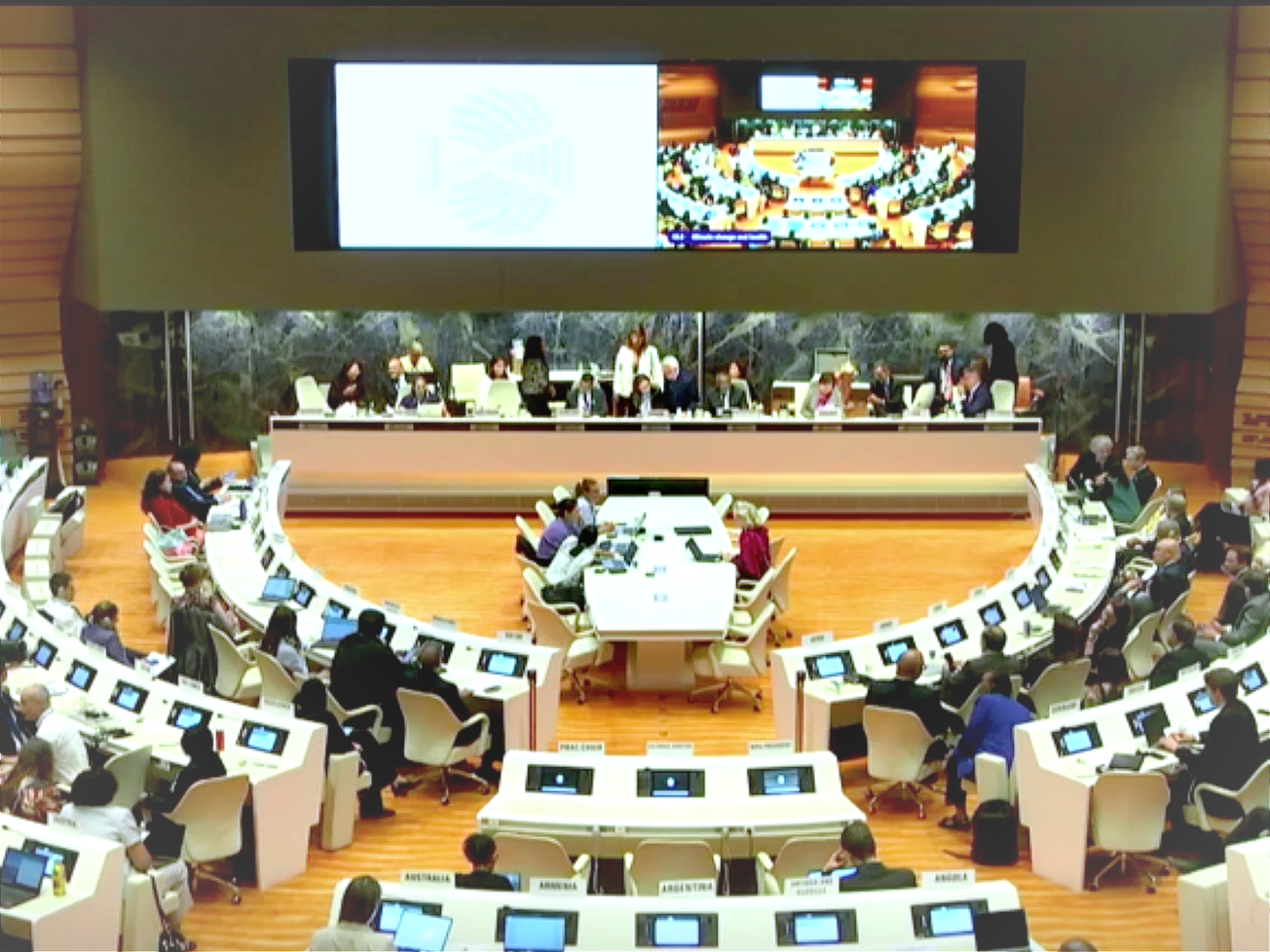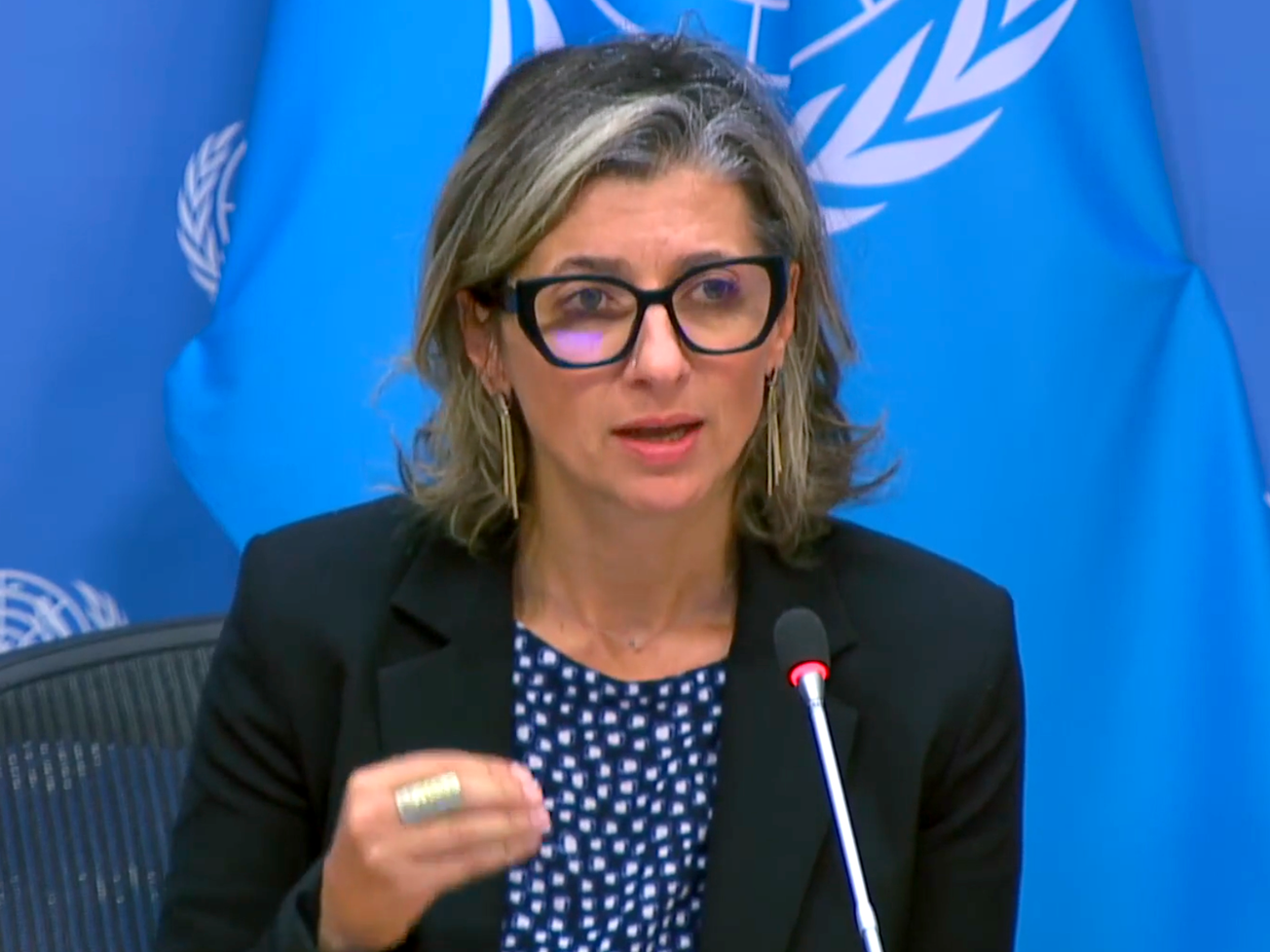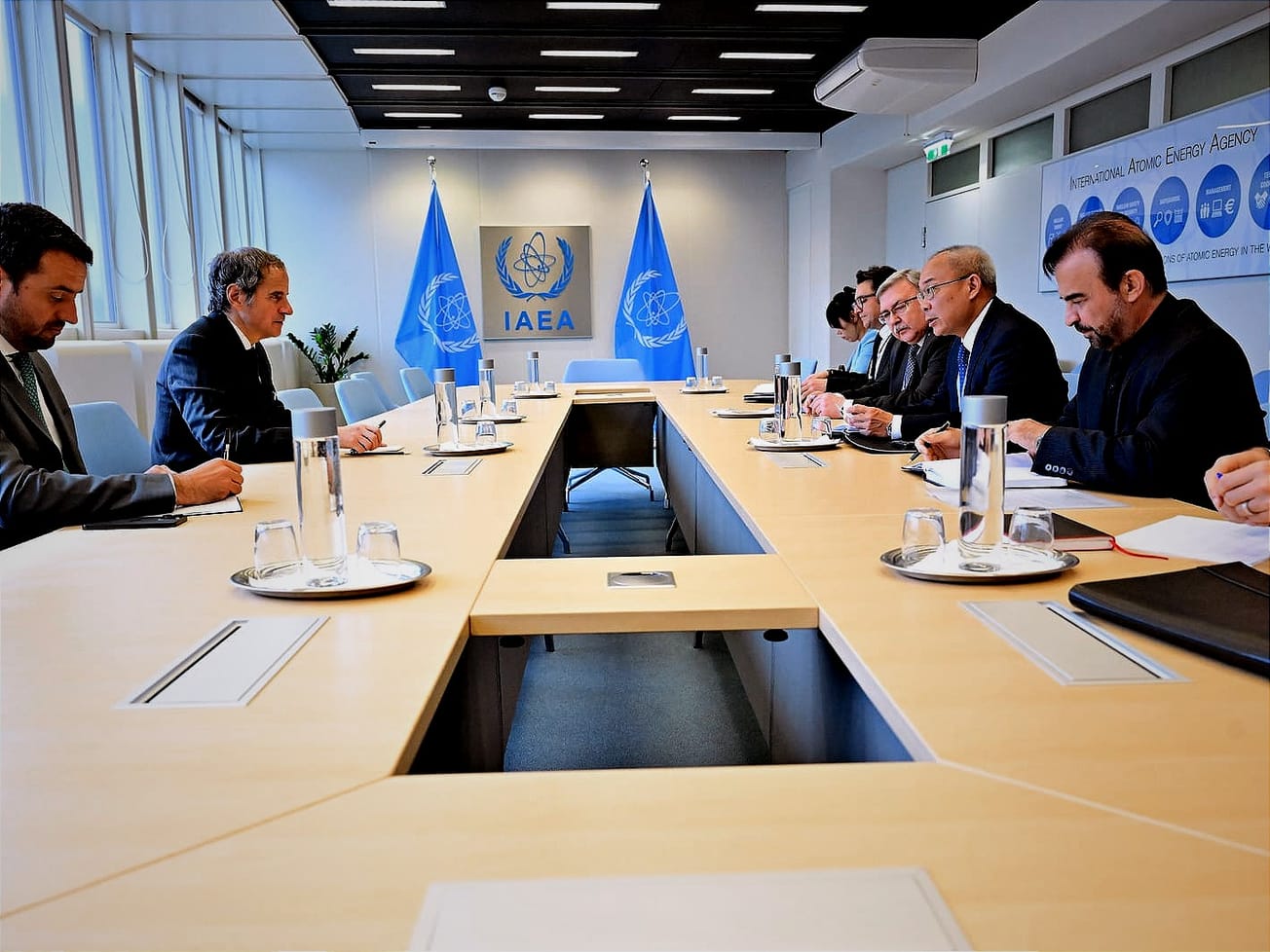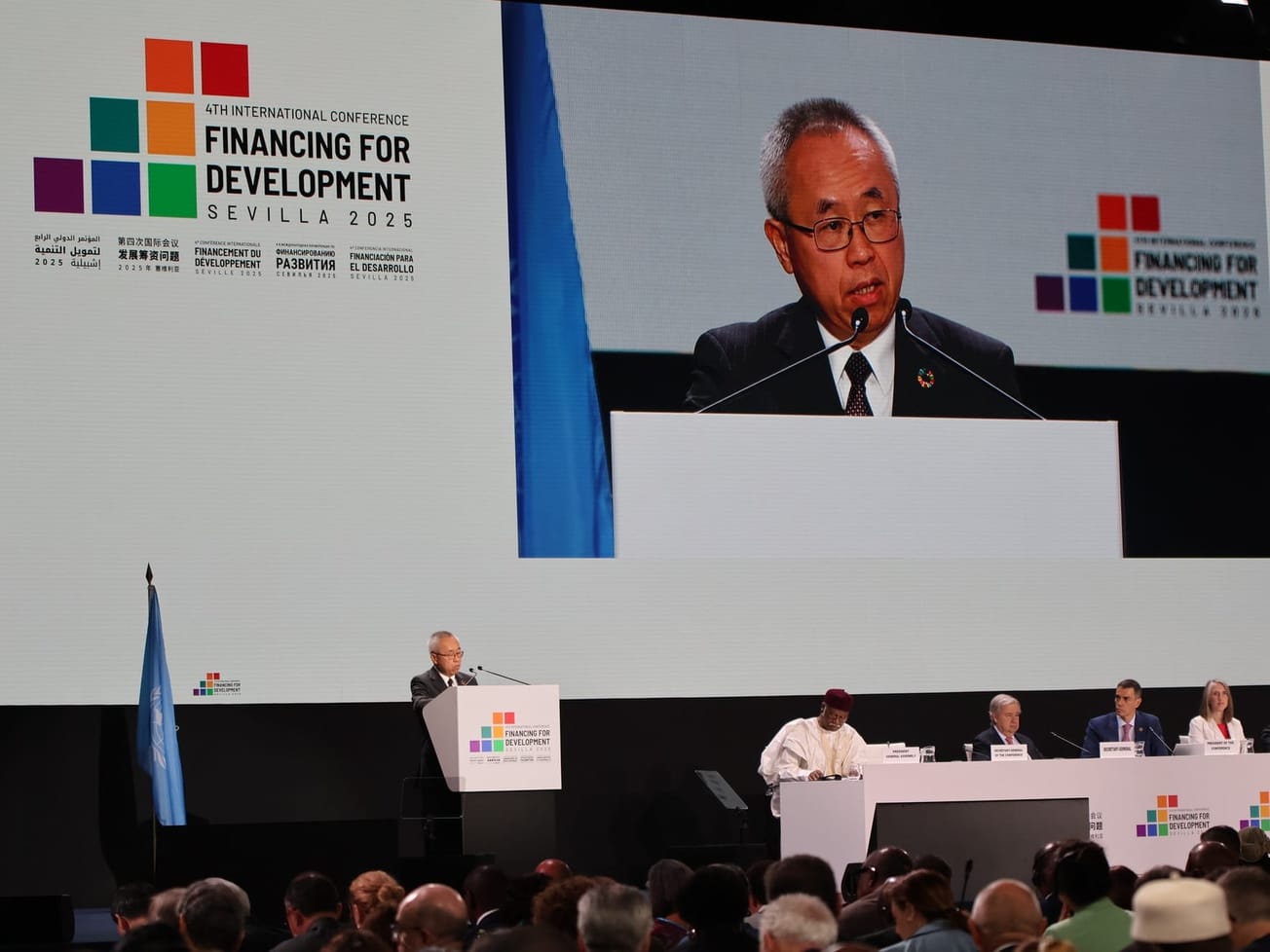Deep into overtime, exhausted delegates to a conference at the United Nations' headquarters in New York sealed a deal to create a global network of marine protected areas covering 30% of the world's oceans by 2030.
It's a target scientists say is needed to preserve the rich diversity of marine species' health and to mitigate the rising impacts of climate change.

